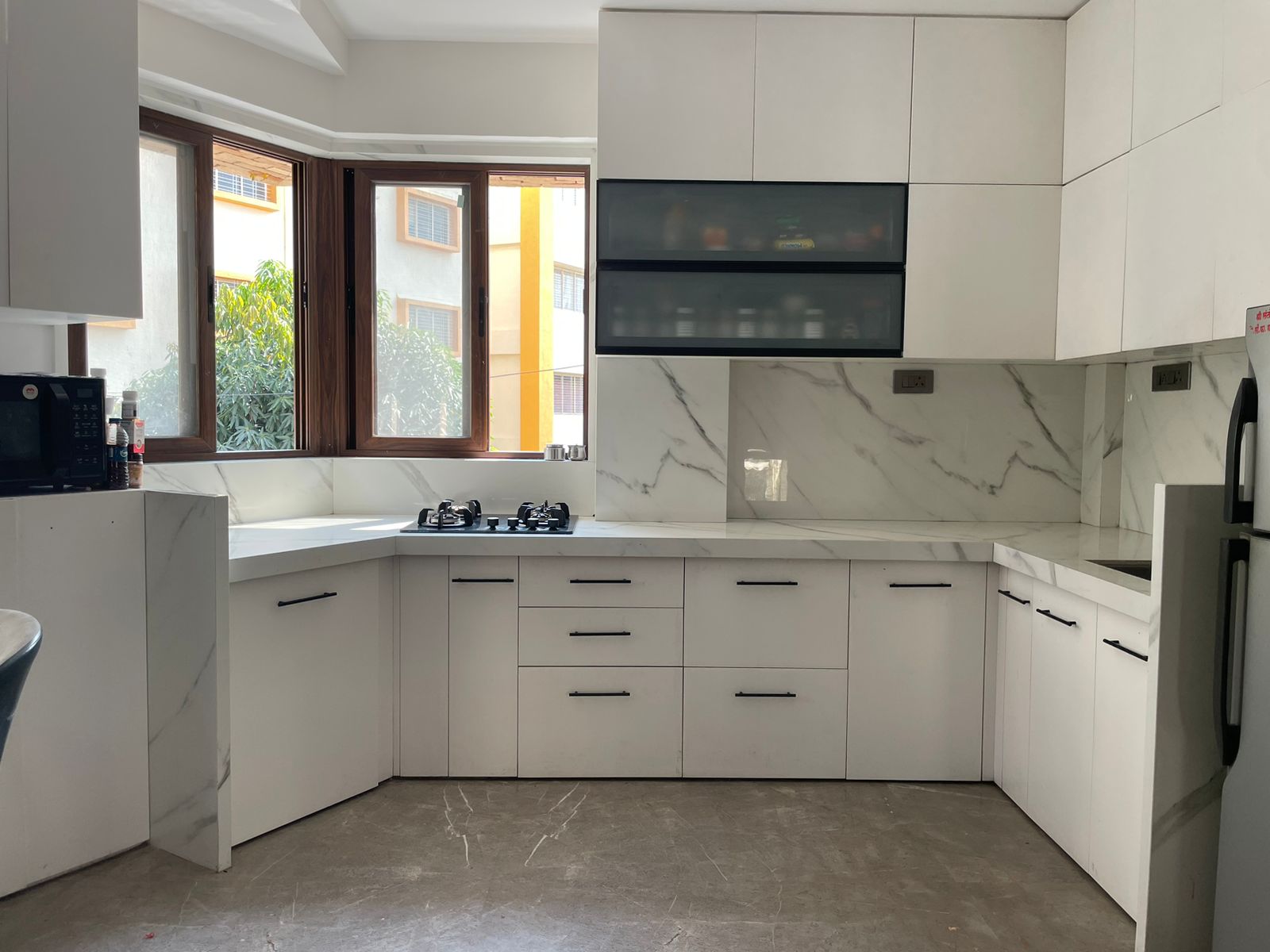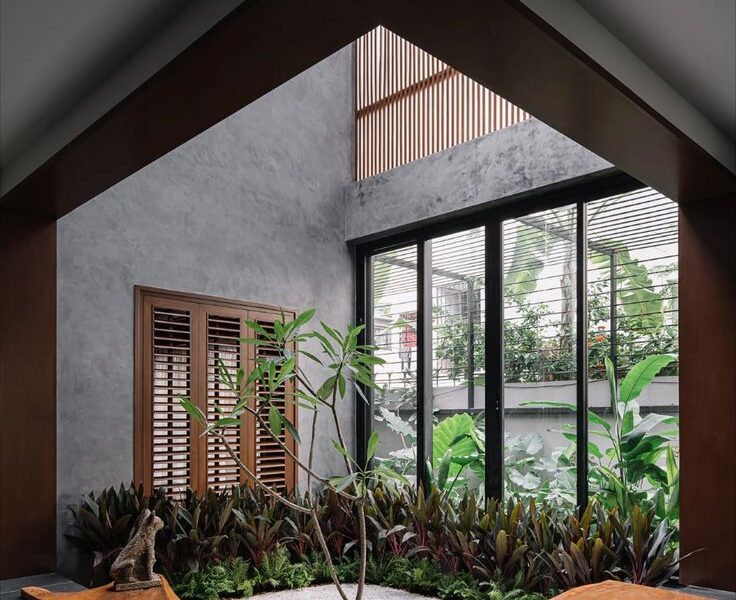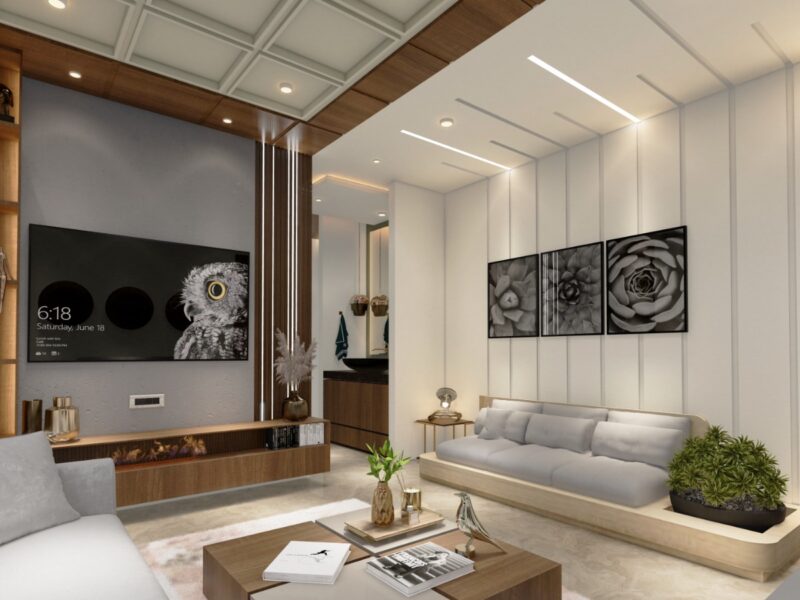
Furniture items in Interior Design – Custom made vs Modular
Furniture items in interior design: custom made vs modular
The thoughtful arrangement and design of furniture within a space has the remarkable ability to define and optimize its functionality. Therefore, it is imperative that the design of a space is meticulously designed to ensure that it provides the utmost comfort and utility to its occupants.
Customized and modular design play significant roles in interior and architectural design, but they serve different purposes and offer distinct advantages and limitations. A customised design detail or a furniture item can add a touch of uniqueness and a special character to the space. A modular furniture item may have a fixed design module but may provide other benefits as time saving, cost efficiency. For having a better clarity on the above topic, we have tried to come up with a few pointers which may be helpful for comparison of the two.
Unique Design Expression and Flexibility:
Custom-made furniture: Custom furniture allows for ultimate design flexibility. It can be tailored to fit a specific space, style, and functionality, making it an excellent choice for creating unique and personalized interiors. Designers and artisans can create one-of-a-kind pieces that become focal points and statement pieces within a room or building.
Modular design: Modular design focuses on standardization and repetition of elements. Furniture in the space where the requirement is highly functional (eg. in kitchens), the modular design and furniture fit in better.
Aesthetic and Seamless Integration:
Custom-made furniture: Custom pieces can seamlessly integrate with the overall design theme and architectural features of a space. They can be designed to match the colour palette, materials, and design elements of the interior or building. Custom pieces can be designed to maximize space utilization, especially in challenging or irregularly shaped spaces. Furniture can be built to fit precisely into niches, corners, or any available space, ensuring every inch of the area is utilized effectively.
Modular design: Modular elements may not always blend perfectly with the design. They tend to have a distinct, standardized look that may not harmonize as well with unique architectural details.
Lead Time and Implementation:
Custom-made furniture: Creating custom furniture can be time-consuming, as it involves design consultation, manufacturing, and installation. It’s ideal for projects with longer timelines.
Modular design: Modular systems are typically quicker to implement since they are pre-designed and manufactured. This makes them suitable for projects with tight schedules.
Budget Considerations:
Custom-made furniture: Custom pieces often come at a premium price due to the craftsmanship and materials used. They are better suited for projects with higher budgets, but they also ensure a unique and space specific design outcome.
Modular design: Modular systems are generally more cost-effective as they benefit from economies of scale. They can be a more budget-friendly option for projects with limited funds.
Adaptability and Reconfigurability:
Custom-made furniture: Custom pieces are fixed and may not be easily reconfigured or repurposed for different layouts or spaces.
Modular design: Modular elements are designed to be adaptable and can be reconfigured or expanded to meet changing needs. This flexibility is particularly valuable in commercial spaces.
Material Selection:
Custom-made furniture: Custom furniture allows for a wide range of material choices. Designers can select materials that not only match the design vision but also align with sustainability and durability goals, resulting in furniture that stands the test of time.
Modular design: Modular systems, when designed with sustainability in mind, can be more environmentally friendly due to standardized production processes and the potential for reusing or repurposing components. Having said this, one cannot make out if the raw materials used is true to its committed quality.
In addition to this, custom-made design and furniture also allows design continuity within a space. Custom pieces often contribute to elevated aesthetics and a sense of luxury within a space. They can be designed to evoke a specific mood or atmosphere, enhancing the overall user experience.
In conclusion, the choice between custom-made furniture and modular design in interior and architectural projects depends on the project’s goals, budget, timeline, and design objectives. Custom-made furniture offers a level of design flexibility, personalization, and quality that can greatly benefit interior design. It allows designers to create spaces that are not only functional but also unique, visually appealing, and tailored to the specific needs and desires of the occupants. Modular design provides efficiency, making it a suitable choice for projects that prioritize adaptability and budget-friendliness. All these points ought to be considered while designing a space. A mix of both works the best for residential projects is what we have experienced.







